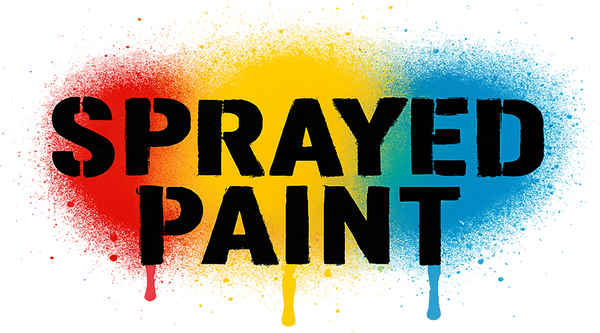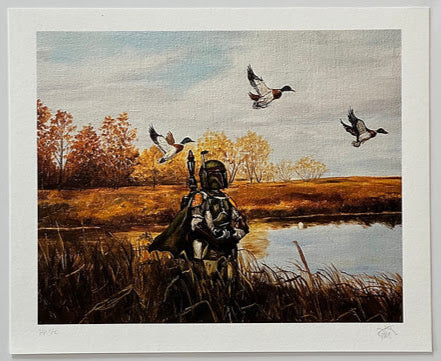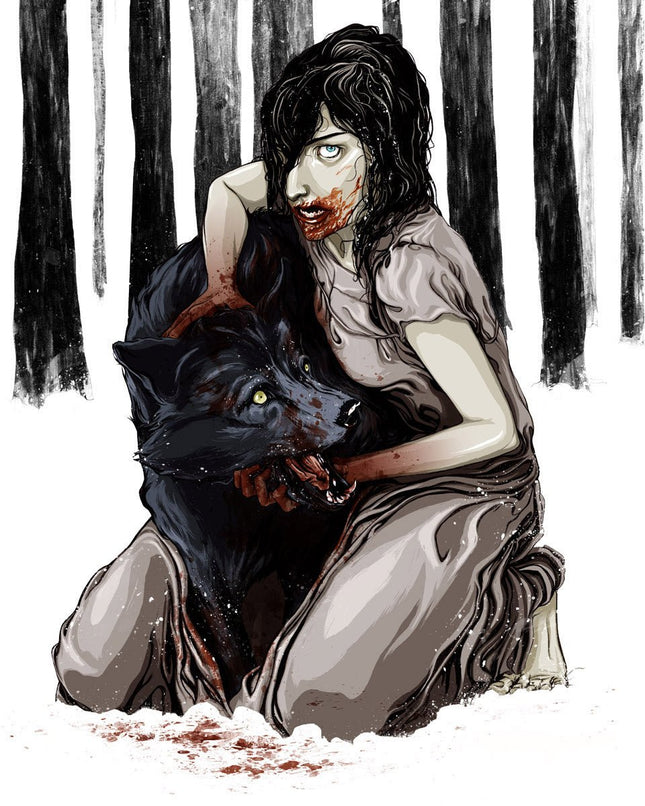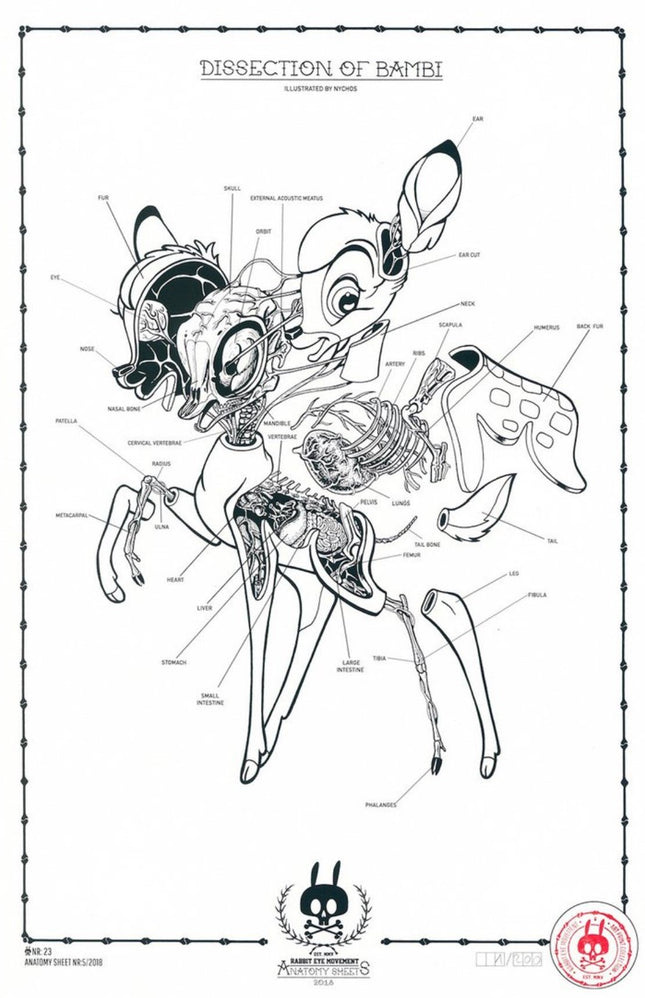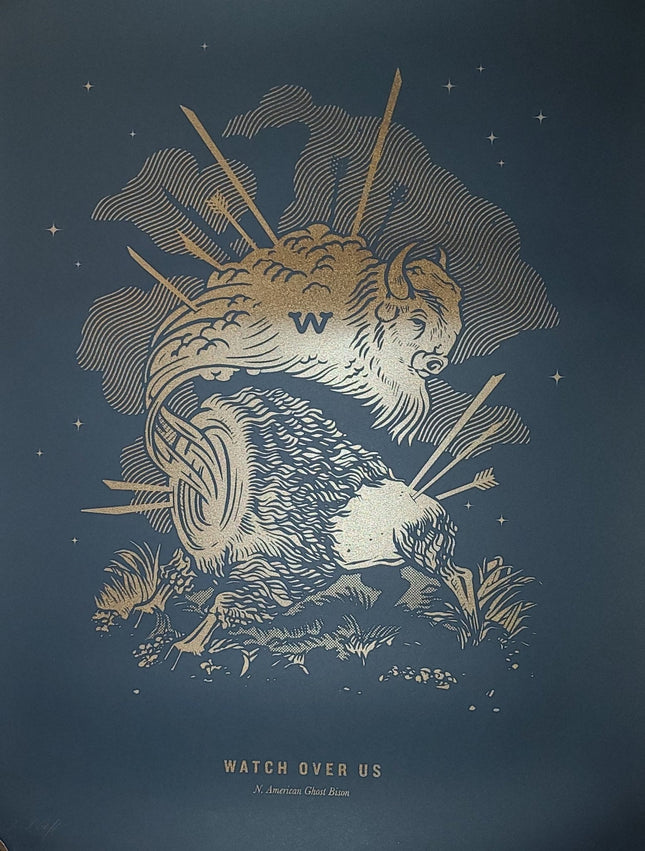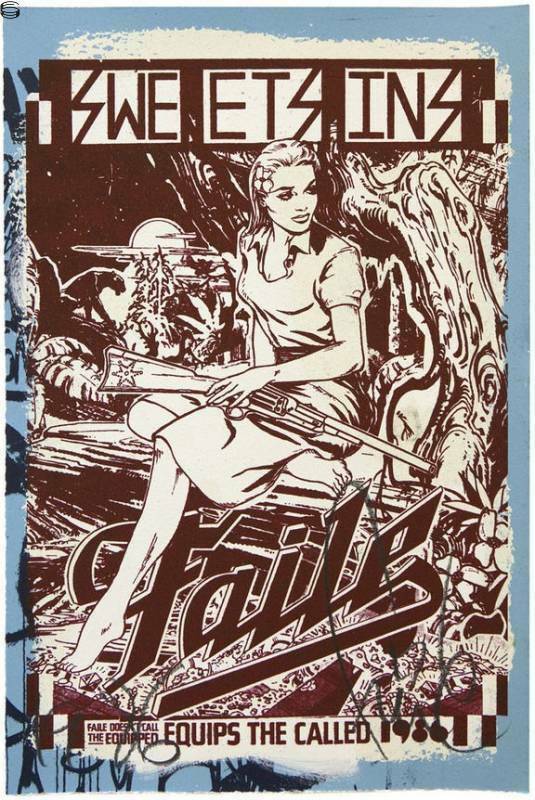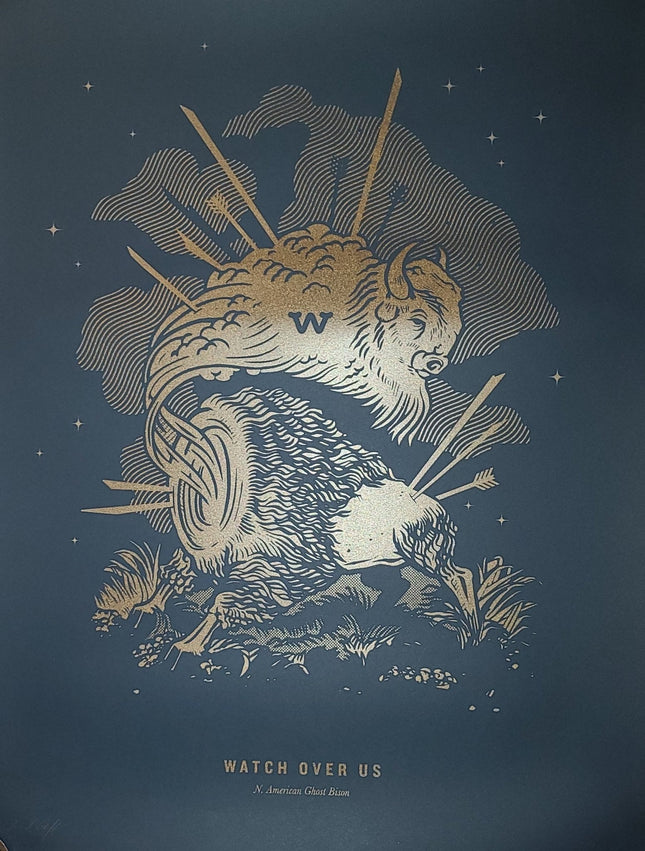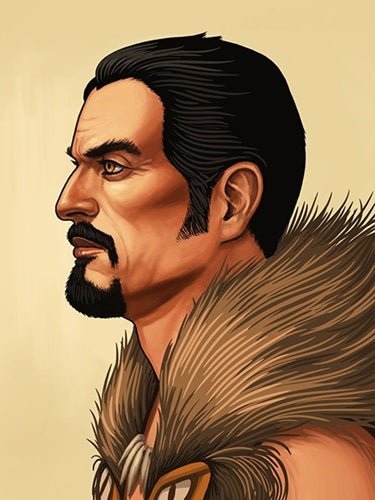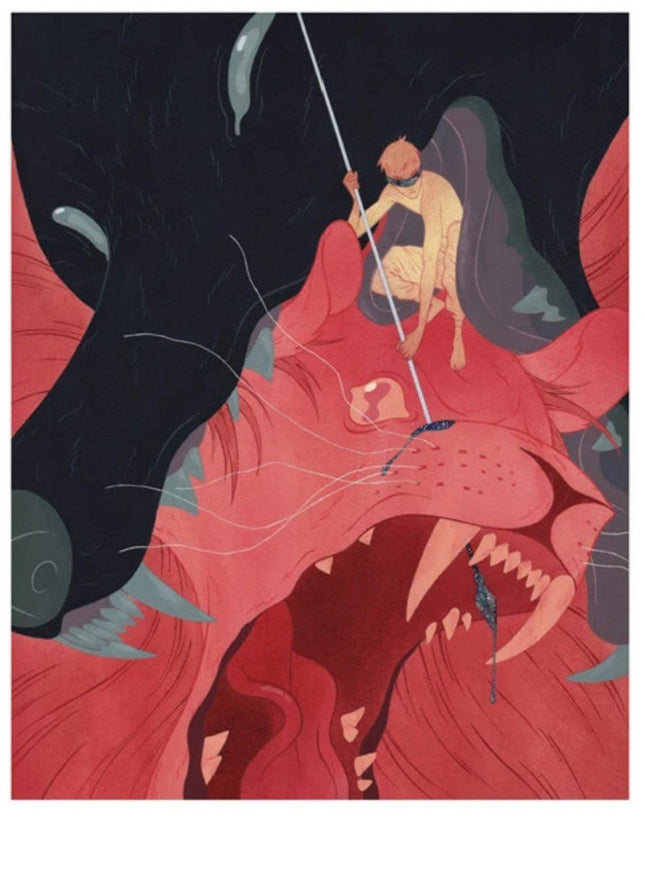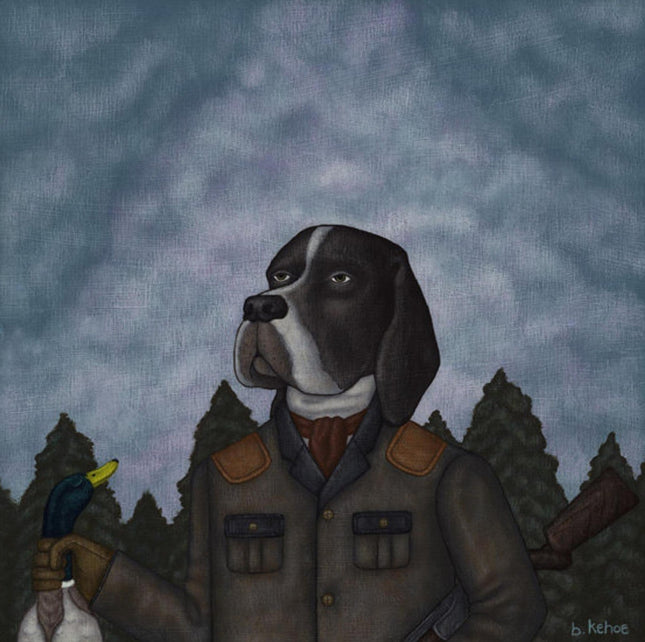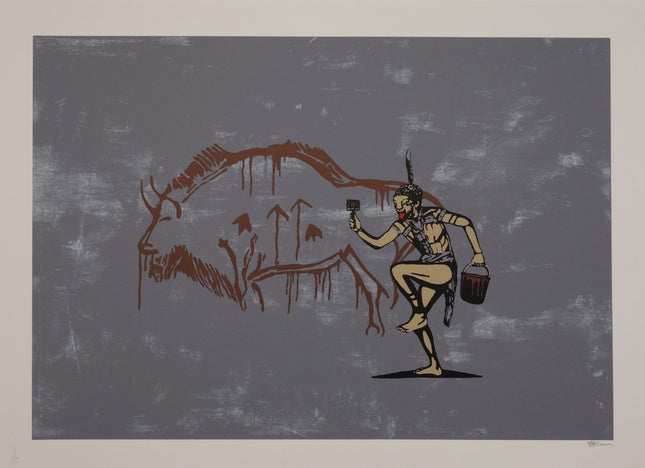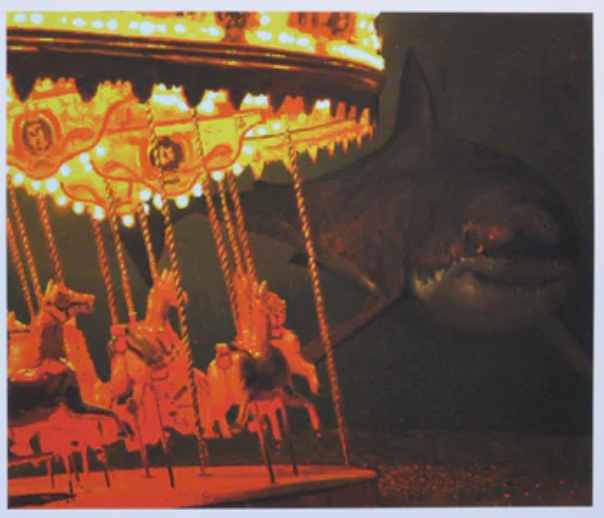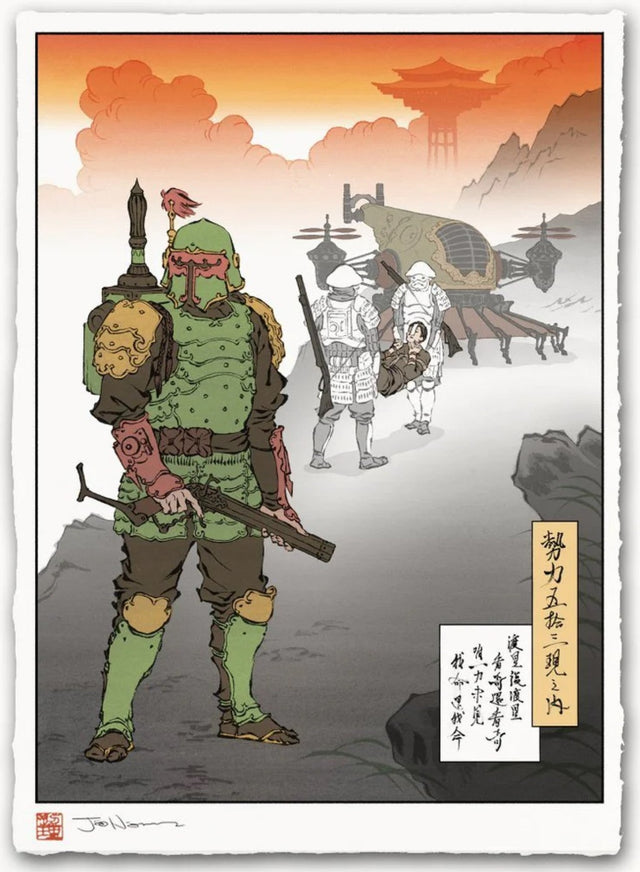
Hunting & Hunters in Street Pop Art & Graffiti Artwork
Hunting and hunters have long been a compelling subject in Street Pop Art & Graffiti Artwork, representing both primal instincts and contemporary societal critique. Artists have used the imagery of hunters, prey, and the act of pursuit to explore themes of power, survival, and consumerism. Whether through bold stencil work on urban walls, vibrant silkscreen prints, or large-scale murals, hunting has been depicted as both a historical necessity and a modern metaphor for ambition, control, and destruction. Street artists have frequently incorporated hunting symbolism to challenge ideas of dominance, with some works portraying hunters as aggressors and others depicting them as mere participants in a never-ending cycle of survival. The visual language of hunting often includes animals such as deer, wolves, and birds, juxtaposed with human figures carrying weapons or trapped in a pursuit of something elusive. The use of camouflage patterns, archery motifs, and taxidermy-like displays further amplifies the cultural weight of hunting as an art subject.
Symbolism of Hunters and Prey in Street Pop Art & Graffiti Artwork
The dynamic between hunter and hunted is a recurring theme in Street Pop Art & Graffiti Artwork, where the roles are often reversed or exaggerated to challenge the viewer’s perception. Some pieces showcase hunters as faceless figures, emphasizing their anonymity and detachment, while others depict them in exaggerated postures, highlighting their dominance or vulnerability. The concept of the predator and the prey is not just limited to animals; it extends to capitalism, authority, and personal ambition, all of which are frequent themes in street art. In some works, prey animals are anthropomorphized, wearing human clothing or carrying weapons, creating an ironic critique of society’s relationship with violence and consumption. Others use hunting as a metaphor for human struggles, where figures are depicted as being chased by invisible forces, representing pressures of modern life. Artists frequently use spray paint, stencils, and wheat-pasted posters to bring these themes to life in urban settings, turning blank walls into visual battlegrounds of survival and resistance.
Hunting as a Critique of Consumerism and Power Structures
Street Pop Art & Graffiti Artwork has long been a medium for critiquing consumer culture, and hunting imagery is often used to highlight excess, waste, and greed. Some works depict businessmen as hunters, pursuing money and resources with the same intensity as those who track wild animals. The concept of trophy hunting is sometimes extended to capitalism, where human figures are seen mounting dollar signs or corporate logos like animal heads on a wall. The idea of conquest is frequently challenged, questioning who the real victims of modern hunting are—animals, people, or entire cultures. Many artists subvert traditional hunting imagery by incorporating pop culture elements, transforming classic hunting paintings into neon-colored, stylized works that replace rifles with spray cans or wild animals with recognizable mascots. This approach blends nostalgia with modern critique, forcing viewers to reconsider the ethics of pursuit and the glorification of domination. The use of bright colors and cartoonish figures creates an immediate visual appeal, while the underlying message remains deeply provocative.
The Evolution of Hunting Themes in Contemporary Art
Street Pop Art & Graffiti Artwork continuously evolves, and the representation of hunting has transformed along with it. What was once depicted as a primal act for survival has become a metaphor for ambition, corporate greed, and even political oppression. Some contemporary artists reinterpret vintage hunting imagery, layering it with spray-painted tags and digital elements to create hybrid compositions that reflect both past traditions and current realities. The presence of hunting motifs in street art serves as a reminder that society still grapples with issues of control, dominance, and the ethics of pursuit. By placing hunting imagery within urban landscapes, artists challenge audiences to question the meaning of power and survival in a world where conquest takes many forms. Whether through the depiction of hunters as ruthless capitalists, animals as rebellious figures, or hunting trophies as symbols of lost innocence, these works continue to push boundaries and redefine how people engage with art in public spaces. Through bold experimentation and reimagining of traditional themes, Street Pop Art & Graffiti Artwork ensures that the conversation around hunting and hunters remains both visually captivating and intellectually engaging.
